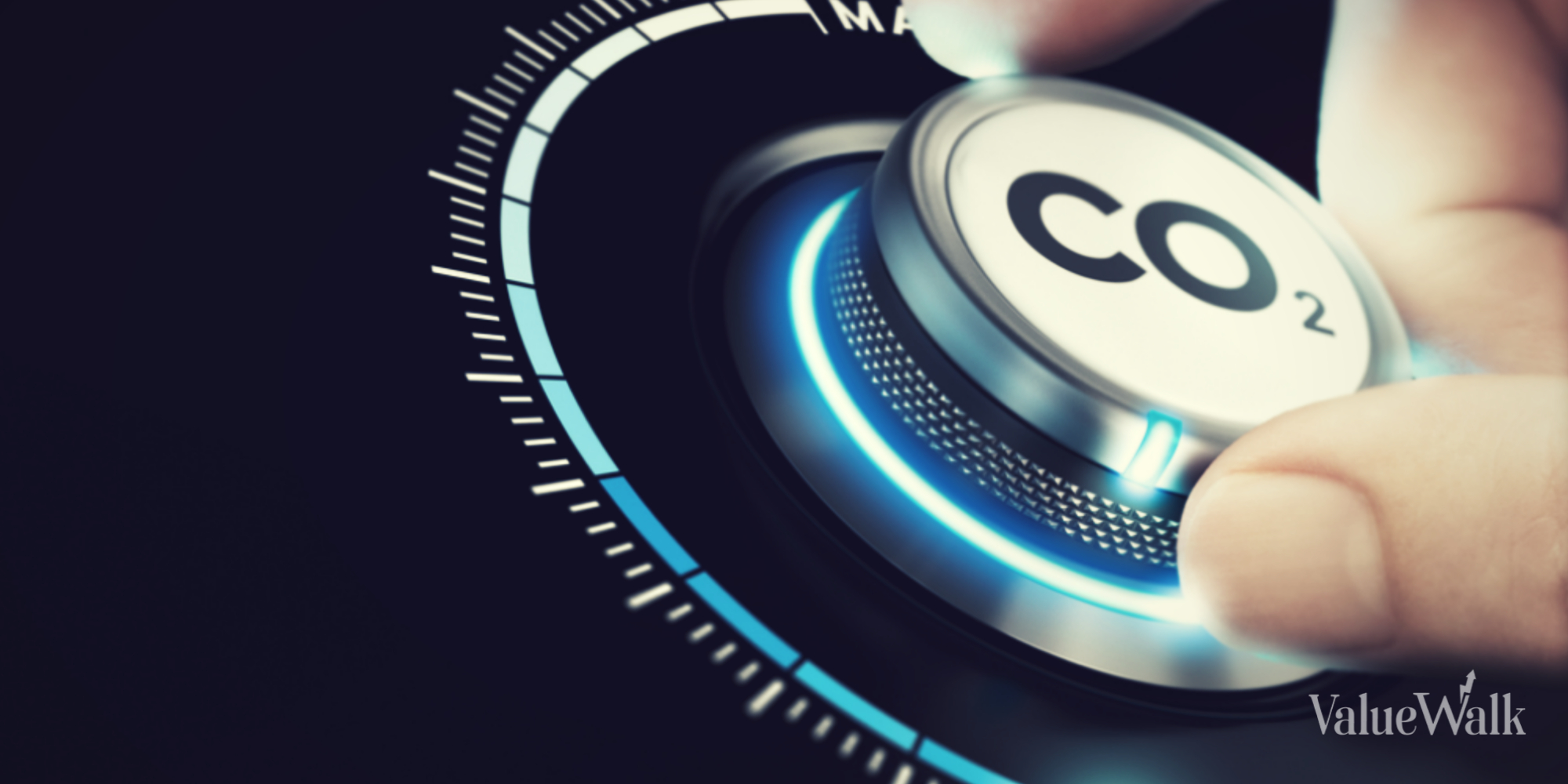The viewing of computer screens over an extended period of time is a fact of life for many Americans, but it can cause eye problems.
Dry, irritated, tired eyes and head, neck and back pain are symptoms of a uniquely modern malaise, dubbed “digital eye strain.” The Vision Council released a report on 7 January which claimed that almost 95% of Americans are at risk, and over 60% suffer from it.
Eye strain from computer usage: A widespread problem
The root of these problems is the blue light emitted by the computer screens which are ubiquitous in our daily lives, and issues can arise in just over two hours of continue screen time. The Vision Council survey found that around 30% of adults spend 9 hours a day staring at screens, 60% spend more than 5 hours and a whopping 95% subject their eyes to blue light from computer screens for more than 2 hours a day.
Even more worryingly, around 25% of children spend over 3 hours a day looking at screens, and they may be at higher risk of eye damage.
The dangers of blue light
Blue light is used to make screens visible even when in brightly lit areas, but the long-term effects of exposure have not been fully studied. However it is know that blue light penetrates deep into the retina, which eventually causes damage and vision problems.
Other research has indicated that long-term absorption of large amounts of blue light can cause macular degeneration and cataracts.
So what can those of us that rely on computer screens for work do to prevent damage? The Vision Council recommends that people remember to blink in order to prevent the eyes from drying out, as well increasing the size of text when necessary to prevent squinting and straining of the eyes and neck.
Another important rule is that for each 20 minutes of work, you should spend 20 seconds looking at an object 20 feet away in order to exercise the muscles which move your eyes.
If at all possible you should attempt to limit your exposure to blue light by undertaking some tasks on paper, using anti-glare filters, computer glasses or one of various apps which claim to block blue light.





